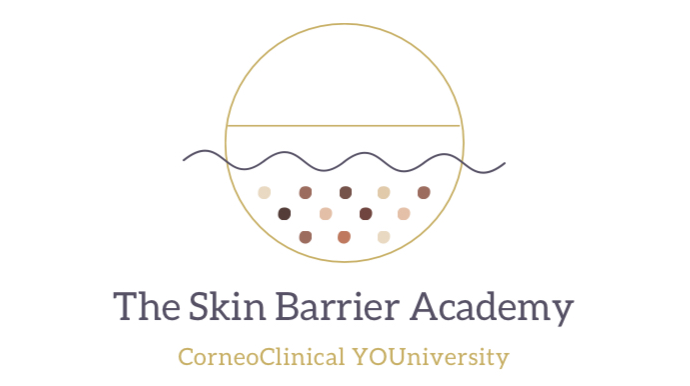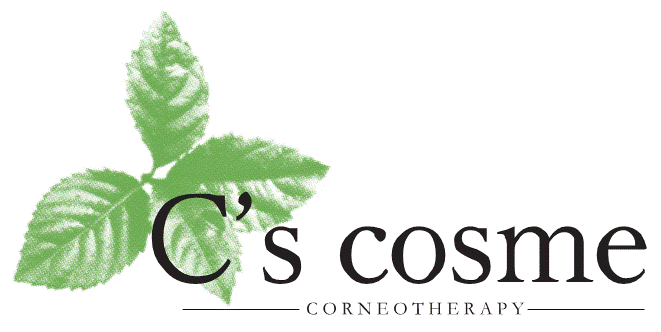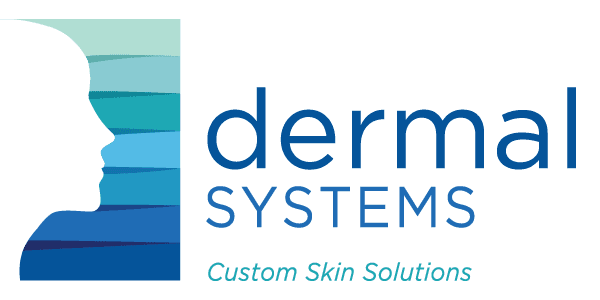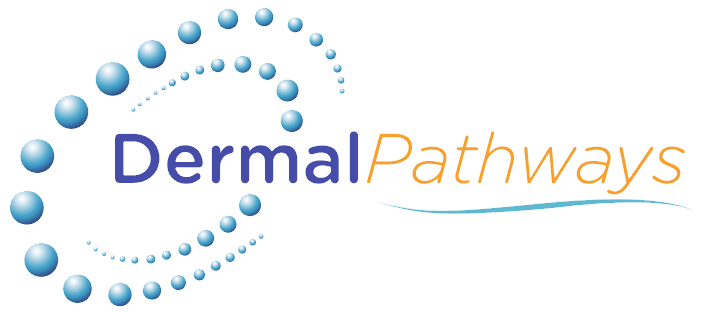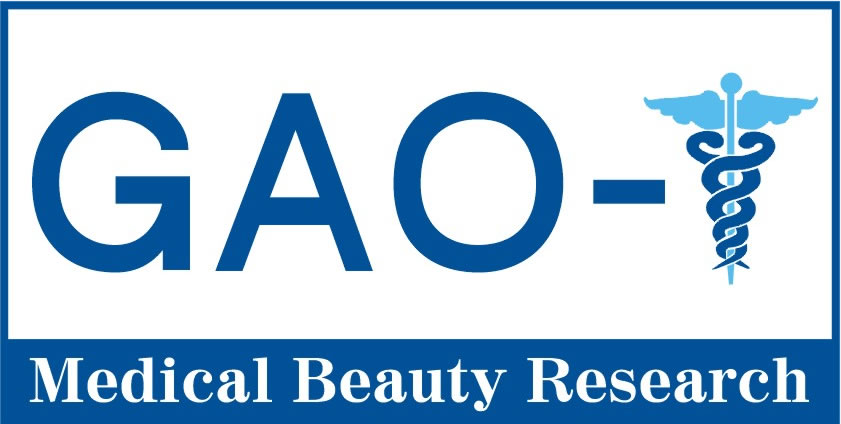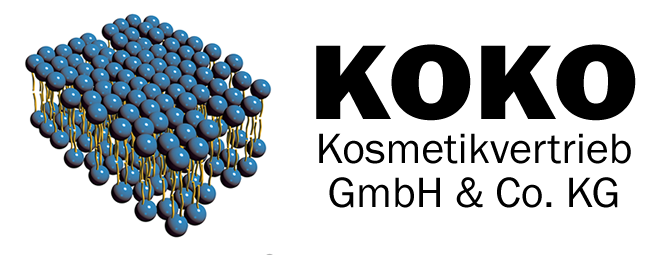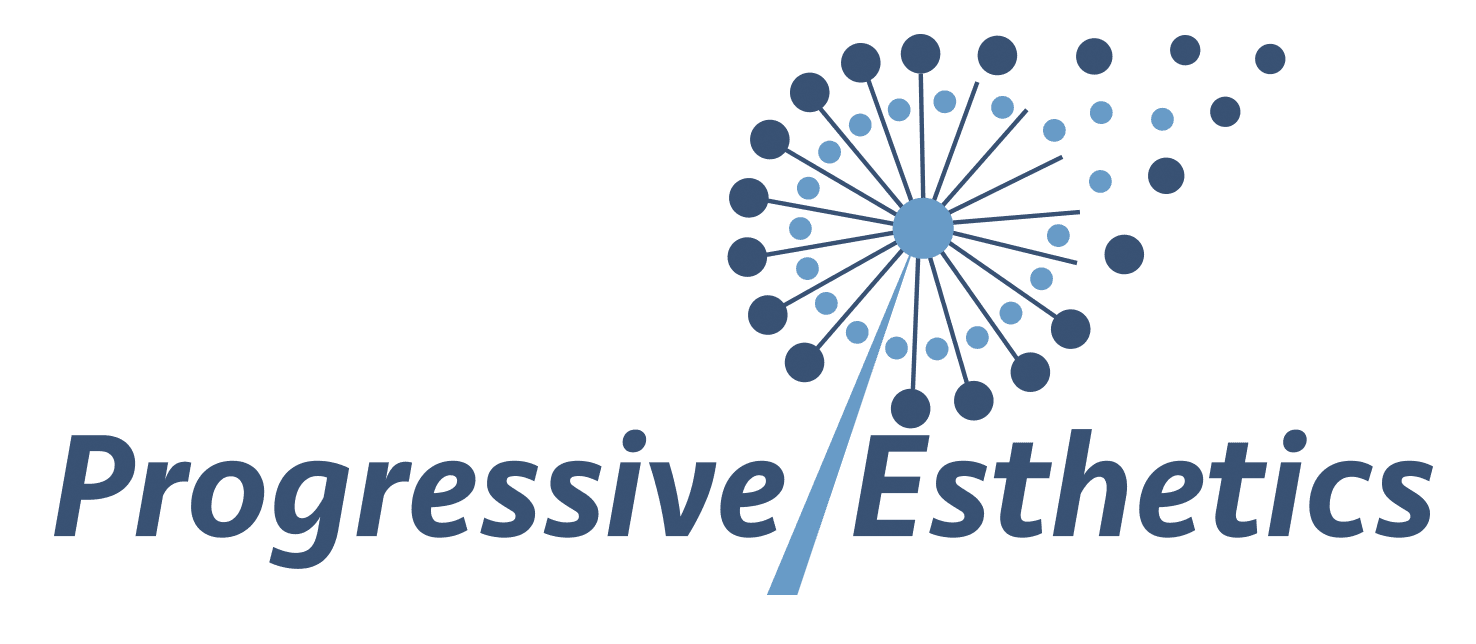Our head of education, Florence asked me to write an article about “the borderline use of drugs in skincare”. As I had no idea what could possibly been covered within 500 words I asked the board.
Whereas many of the responses I got suggested this would be a juicy topic to reflect on I really feared that it would be rather dry due to connection on regulation. My purpose now is to make that dry topic juicy ;-) When we speak about drugs, we are addressing substances that have a medical effect and targeted to a therapeutic goal. Borderline on the other hand does not mean a mental health condition - although you could become nuts due to regulations - but the actual use of cosmetics with a different goal than to cleanse, perfume etc. pp the skin.
When we speak about drugs, we are addressing substances that have a medical effect and targeted to a therapeutic goal. Borderline on the other hand does not mean a mental health condition - although you could become nuts due to regulations - but the actual use of cosmetics with a different goal than to cleanse, perfume etc. pp the skin.
Drugs and regulations: Actually in cosmetics we face different regulations worldwide with the biggest differences existing between North America and the rest of the world.
Most prominent example might be the case of UV Filters and sun screen products which face different regulations [1-4]
The list of “drugs” can be continued with fluorides for toothpastes, anti-dandruff actives for shampoos and end with a very actual product: disinfectants for hand sanitizers [5].
All this doesn’t sound very juicy, does it? And probably was not what Florence had in mind….But actually the European Commission has published a manual on borderline products in September 2020 [6]. This has been compiled by the European working group on cosmetic products.
And this actually can be fun, as the group looks on all possible borderline products. They ask for instance whether wigs and tooth picks are cosmetics –they are not. The paper continues with application sites and classifies the vagina as no area for the application of cosmetics. You probably all remember Florence’s talk on intimate care in Königswinter in 2019, where she also told us, that vaginal douches neither are cosmetics nor safe for the vaginal microbiome. However, the group calls the vagina an internal organ and actually this would be interesting to discuss, because then also the oral cavity should be classified as internal and the intake of food …. Ok, I am getting carried away.
The fun part begins when looking at the intended use, which should be cosmetic, but can be borderline with toys, biocides or medicinal/ pharmaceutical products. For the latter I want to highlight some examples.
“Are anti wrinkle products cosmetic products?” The answer reads a little like Radio Eriwan, which is: “In principle yes, but….”
As long as the product does not exert a pharmacological, immunological or metabolic action, they are are cosmetics.
But the working group delegates the decision making back to the national authorities, to decide on a case by case basis. On the other hand they are very clear on some compounds which are banned for the use in cosmetics: tretinoin (all-trans retinoic acid), gerotine (spermine), phenol and progesterone.
Healing skin: This is a claim we really would like to use in corneotherapy, and the answer of the working group is a clear: No! Healing of skin is no cosmetic claim.
And then something many do in their practice: “Needling” although this is described rather complicated in this paper. The working-group classifies the “needle” to be no cosmetic product. But, with the correct cosmetic product and a needle length that only reaches the epidermis, then it can be considered “cosmetic”. The moment you reach the dermis it is a medical application.
This definition is not new, and in the past producers and sellers of cosmetic products had to face warnings of the authorities, for instance the product StriVectin which claimed to boost the cellular defense [7].

And finally regarding atopic skin the working group proves to be political rather than dermatological oriented, because they classify “atopy” as a type of “hypersensitivity”, which we all know is not correct. But therefore using the claim: “appropriate for/suitable to skins with atopic tendency/atopic skin” is considered to be cosmetic.
Conclusion
The definition of “borderline” cosmetics actually addresses the well known problem in cosmetics that you would like to exert an action on skin, but regulation prohibits this. This is the same for cosmeceuticals, which bear the pharmacological action in the name, but legally are not allowed to work this way. So I think we are all safe using the term corneotherapy, as the definition is, that it “works” on the skin barrier and the epidermis [8]. Our problem might be that the term “therapy” is understood differently in different countries and could be linked with “healing the skin”. Then we get a problem, because healing as mentioned above is not cosmetic.
References:
[1] https://www.ncbi.nlm.nih.gov/pmc/articles/PMC7838247/
[2] https://www.happi.com/issues/2019-08-02/view_sunscreen-filter/the-ongoing-challenges-of-category-i-uv-filters-and-fda/
[3] https://www.researchgate.net/figure/A-list-of-common-UV-light-filters-approved-in-Australia-Europe-Japan-and-the-United_tbl3_268690317
[4] https://www.tga.gov.au/book/export/html/5307
[5] http://www.dejayu.de/haendedesinfektion-wirksame-mittel-zum-infektionsschutz/
[6] https://ec.europa.eu/docsroom/documents/42850
[7] http://www.dejayu.de/strivectin-sd-konzentrat-kosmetisch-oder-pharmakologisch-gegen-falten-wirksam/
[8] https://www.corneotherapy.org/about-corneotherapy/what-is-corneotherapy

